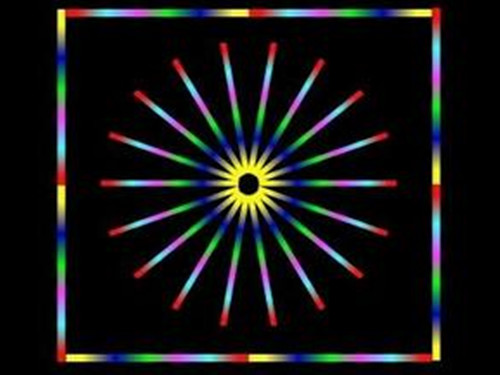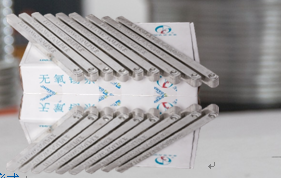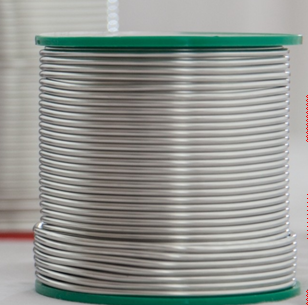 Fan Bing, chief technical officer of the Industry and Information Technology and Integrated Circuits Promotion Center, said that at present, global LED can be divided into three camps. Japanese, European and American manufacturers are the first camp, and Chinese Taiwan companies and Korean companies are the second camp. Chinese mainland companies are The third camp.
Fan Bing, chief technical officer of the Industry and Information Technology and Integrated Circuits Promotion Center, said that at present, global LED can be divided into three camps. Japanese, European and American manufacturers are the first camp, and Chinese Taiwan companies and Korean companies are the second camp. Chinese mainland companies are The third camp. Among them, Japan, Europe and the United States represented by Nichia Chemical, Toyota Synthesizer, Cree, Osram, and Lamere (Philips) are the first camps, and possess core technologies and strong patent strengths in general lighting and automotive lighting. The market has been cultivated for many years.
Taiwanese companies in China have a huge capacity for chip manufacturing and packaging, and Korean companies have become a late show of the semiconductor lighting industry with large corporate strategies and a vertically integrated consumer electronics industry chain.
Finally, in mainland China, the scale of China's LED industry is rapidly expanding. By the end of 2010, there were more than 5,000 semiconductor lighting companies in China, including about 1,000 above-scale enterprises and more than 20 listed companies. The annual industrial output value of the industry is 120 billion yuan. The output of LED lighting applications accounts for more than 60% of the world's total, and the output value exceeds 19 billion yuan.
China has become a global manufacturing base for LED functional lighting and landscape lighting, but China's LED companies are generally small in scale, and the phenomenon of low-level redundant construction is more serious. The core patented technology still needs to be broken and the construction of standards, testing and certification systems is still awaited. Strengthening, service support system has not yet been perfected.
Fan Bing pointed out that world-class companies such as Nichia Chemical, Osram, and Toyoda Gosei have begun to strengthen their mutual cooperation through the use of mutual authorization of patents in order to achieve long-term market leadership and improve market control capabilities. With a view to monopolizing high-end technologies and markets, it will obtain high profits before the semiconductor lighting market matures. At the same time, the rapid development of technology has also forced these companies to abandon the idea of ​​independent development and turned to multilateral technology cooperation.
Japan's patent applications for LED lighting are far ahead of the LED sector. Currently, there are nine major patentees in Japan, and only one is Samsung in South Korea. Japan has an absolute advantage in semiconductor lighting.
Fan Bing said that among the top ten patentee companies, the key companies recognized by the industry to master LED core chip manufacturing technology include only two companies, Toyota Synthetic and Nichia, and Panasonic and Sharp, which are listed in the top three positions. Samsung and Samsung are important manufacturers of electronic and display products.
Under normal circumstances, companies will first apply new technologies in their own countries for patents. As the giants of the semiconductor lighting industry are mostly Japanese companies, the number of patent applications in the semiconductor lighting field in Japan is far ahead.
Fan Bing pointed out that in China’s patents for all LED patents, it accounts for a relatively large proportion in packaging and application areas, with 42% for packages, 41% for applications, 9% for drivers, 3% for epitaxy, 2% for white light, and 2% for chips. The bottom 1%.
Since the 1960s, LED-related patents have emerged in the world. In the late 1970s, semiconductor lighting patents broke through 100 and began to grow slowly. Since 2000, patent applications have grown rapidly.
Fan Bing believes that the possible reason for the increase in patents is the rapid growth of the global high-power LED market in 2002, creating a historical record. The GaN-based white LED used for mobile phone backlights has played a major role.
Solder Wire/bar is an indispensable material for the manufacture of electronic products .Tin wire,TIn bar and tin paste are the most widely used electronic welding materials,the technical level depends on the performance of solder joints and welding process performance.
Product specification: Ñ„12*330mm
295*20*13mm
Product Features:
Smooth surface,neat coiling,beautiful appearance,uniform distribution of additives,good continuity.
Less splash of additives in welding process,good mobility,good wettability,less smoke,less oxide slag,bright welding spots.
Widely used in a variety of wave slidering and manual welding of television,audio capacitors,circuit boadrds and communications equipment.
Including SnCu.SnAg.SnAgCu,SnAgCuSb.SnAgBi series.


Solder Bar,Solder Wire Bar,Silver Solder Bar,Lead-Free Tin Solder Bar
Shaoxing Tianlong Tin Materials Co.,Ltd. , https://www.tianlongspray.com